Photographs and drawings show, explain, or teach an item or concept in a more concrete way than words. Instructors can use them to illustrate concepts, transfer a concept from one application to another, or reduce the number of words needed in an explanation. They are one way to bring real world objects into a classroom, and make abstract concepts more tangible.
In the following example, notice how an abstract formula becomes more concrete from one illustration to the next. A photograph is used to show estimating the volume of fill using height. Then, the drawing of the same pile of fill shows the same concept, but in a more abstract form.
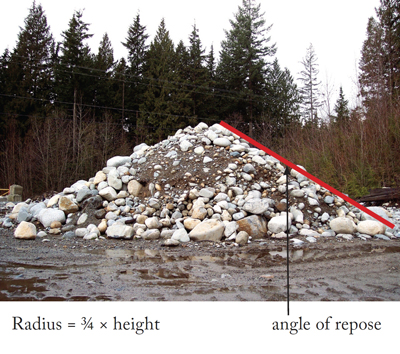
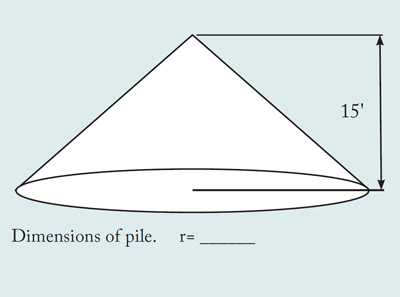
The idea of transferring a concept from one form to another is possible not only with photographs and drawings, but words and drawings as well. An explanation of slope ratio can be shown with a labelled drawing of the vertical distance and horizontal distance, as well as with a labelled example of the slope ratio using numbers and words.
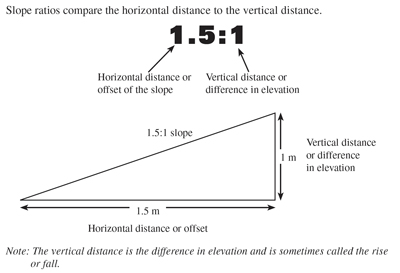
The use of labels is an effective way to teach new vocabulary and to illustrate what a new term means. Here, the definition of slant height (SH) is provided in words, and shown on a drawing of an object.
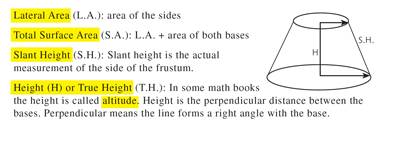
Labelling a drawing is also an efficient way to reduce the amount of explanation needed. For example, an instructor who wants apprentices to calculate the weight of a flange beam could state the task in one sentence, “Calculate the weight of the W360 wide flange beam,” and provide all of the measurements of the beam in a drawing. Notice how few words are used to convey the amount of information in the following task.
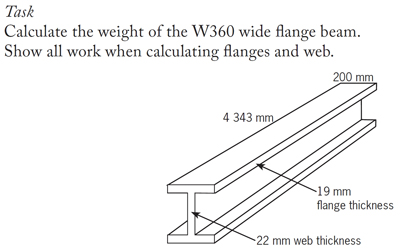
Similarly, notice how very few words are needed in the following note to explain that the formula for calculating the volume of a rectangular prism can be used to calculate the volume of two opposite slope sides of a trench.
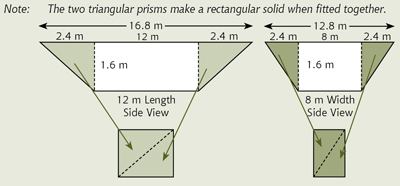
Much information can be conveyed in a concrete way using photographs and drawings. In the next example, the differences between 30°, 45° and 60° elbows are visually illustrated using this set of photographs of offsets.
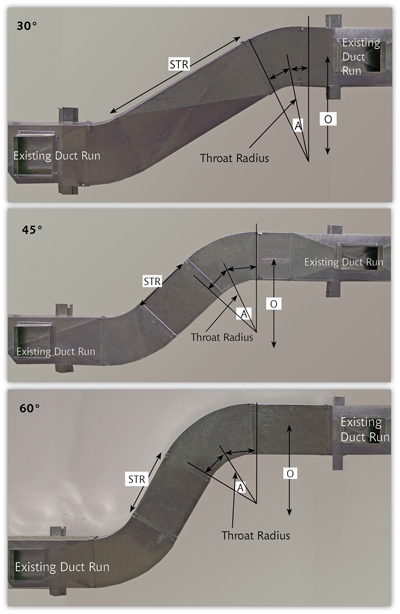
Photographs and drawings make learning tangible. They can also reduce the amount of words required to explain a concept. Including photographs and drawings in technical training materials you develop will help apprentices to visualize what you are teaching.